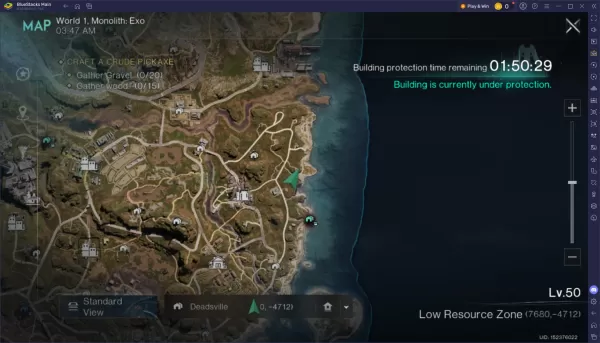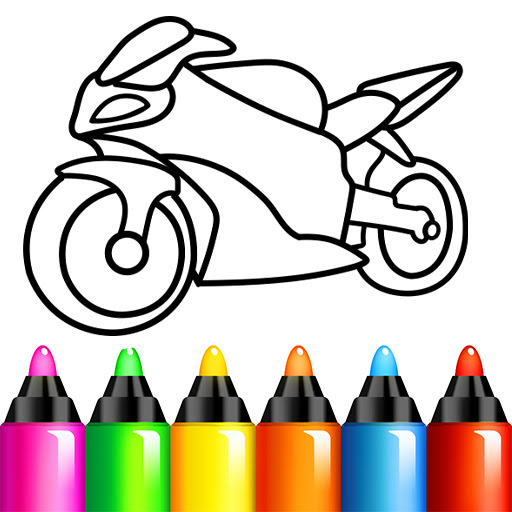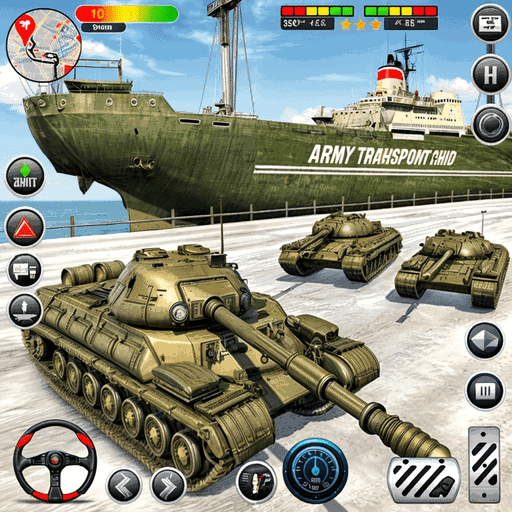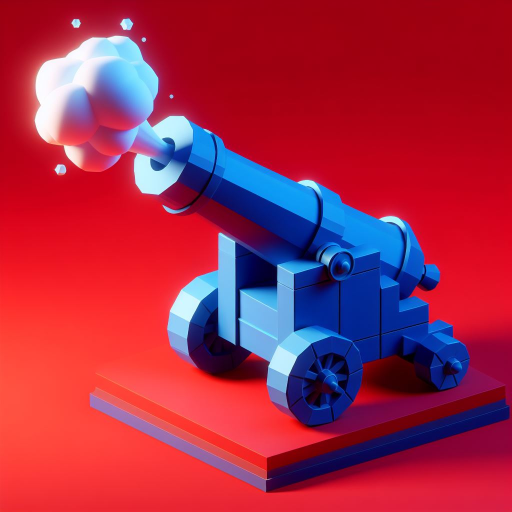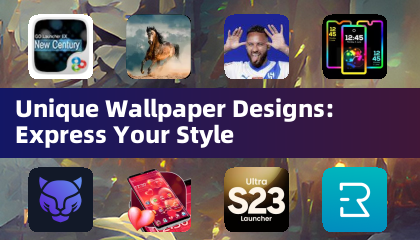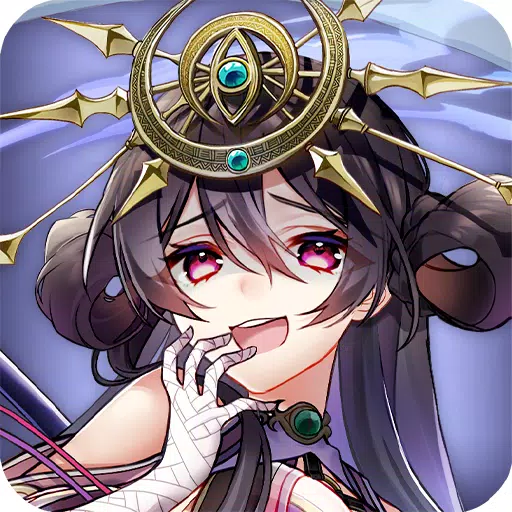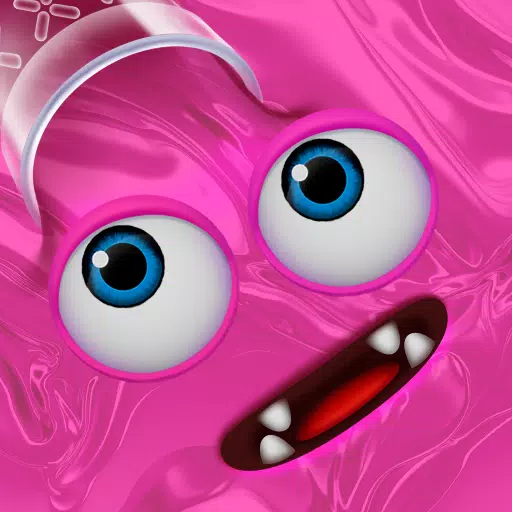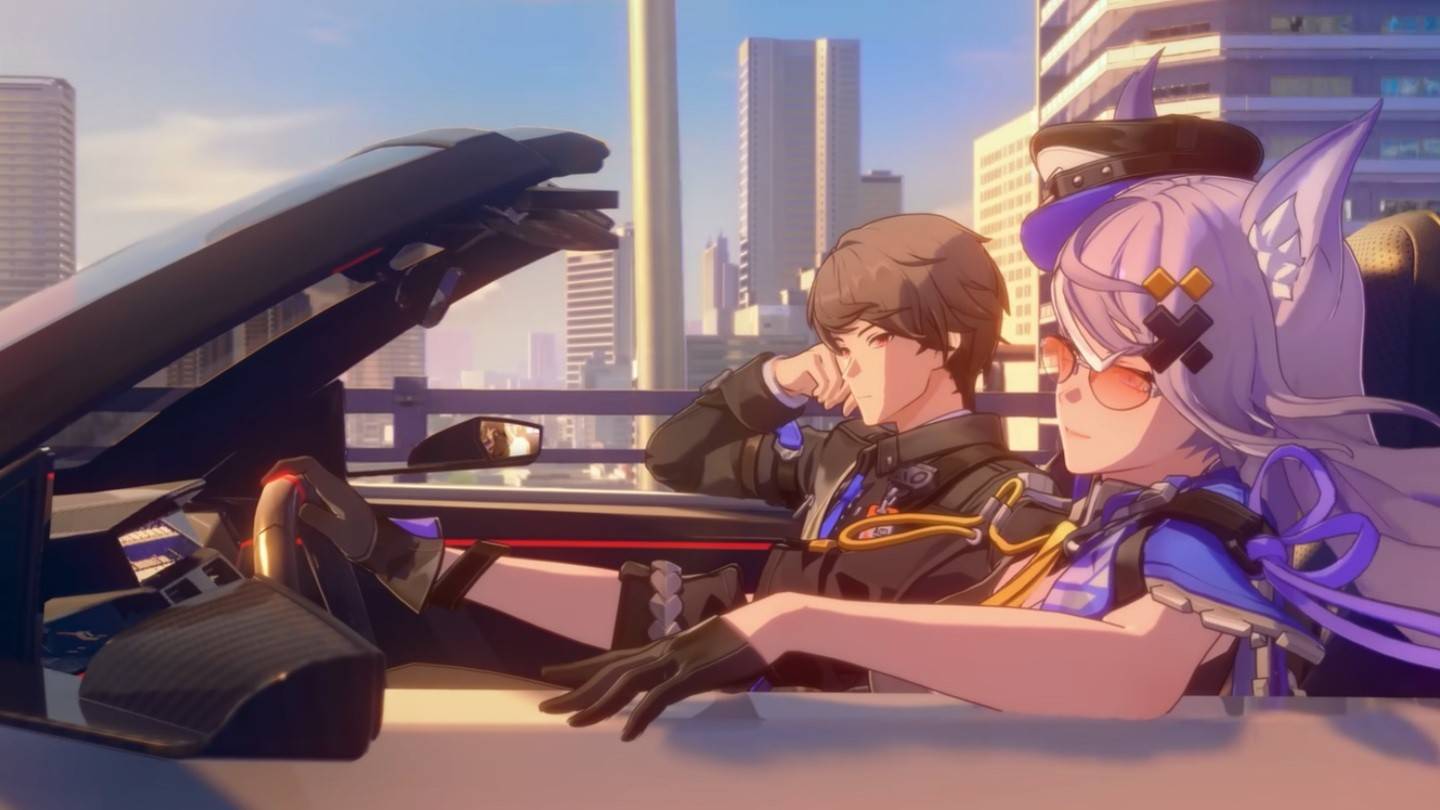
The beloved plumber brothers, Mario and Luigi, almost received a grittier, edgier makeover in their latest game. However, Nintendo stepped in, guiding the development team towards a more familiar aesthetic. This article explores the evolution of the art direction for Mario & Luigi: Brothership.
Early Development: A Rugged Reboot
Early concept art showcased a more rugged and edgy interpretation of the iconic duo. (Image 1) (Image 2) This stylistic departure, spearheaded by Acquire, aimed to create a unique visual identity distinct from other Mario titles. However, Nintendo felt this deviated too far from the established characters. Developers Akira Otani and Tomoki Fukushima (Nintendo) and Haruyuki Ohashi and Hitomi Furuta (Acquire) discussed the creative process in a recent "Ask the Developer" feature. Furuta revealed the initial "edgier, more rugged Mario" design was ultimately deemed too dissimilar from the classic Mario and Luigi aesthetic.
Finding the Balance: A Blend of Styles
Nintendo provided clear guidelines, emphasizing the core characteristics that define Mario and Luigi. This feedback prompted Acquire to reassess their approach. (Image 3) The team ultimately blended the bold outlines and striking visuals of illustration with the playful dynamism of pixel animation, resulting in a unique art style for Brothership. Otani highlighted the challenge of balancing Acquire's unique artistic vision with the preservation of the established Mario identity.
Overcoming Challenges: A Collaborative Effort
Acquire, known for darker and more serious titles like Octopath Traveler and Way of the Samurai, faced the challenge of adapting their style to a globally recognized, lighthearted franchise. The developers admitted their initial inclination towards a more serious tone, but ultimately embraced the brighter, more accessible aesthetic guided by Nintendo. (Image 4) This collaborative process ultimately resulted in a game that retains the fun, chaotic spirit of the Mario & Luigi series while showcasing a visually distinct and appealing art style. The developers learned valuable lessons from Nintendo’s design philosophy, prioritizing clarity and accessibility in the game's world.

